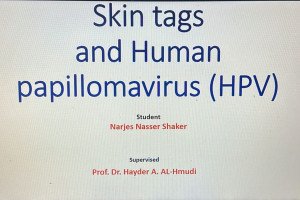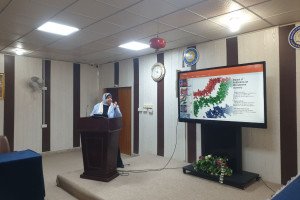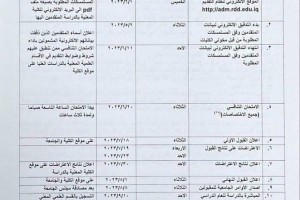
The College of Science at the University of Basrah organized a seminar entitled (Study Some Physiological And Histological Aspects Associated With Gallbladder Stones Diseases) by the graduate student Eman Ali Hussain .The study aims to investigate hormonal, metabolic, oxidative, inflammatory, and histopathological characteristics of gallstone disease in premenopausal and postmenopausal women. By integrating systemic biochemical parameters with tissue-level changes, we seek to elucidate menopausal influences on gallstone pathogenesis and provide clinically relevant insights to guide risk assessment and prevention and included 88 women, aged between 18 - 74 years who were assigned into two groups: Patient Group: 66 women diagnosed with gallstones after clinical diagnosis by specializing physician and confirmed by ultrasound imaging. Control Group: 22 healthy women, free of any liver and gallstone-related disease on clinical examination and ultrasound imaging. and the study was recommended
- Use WHtR, NC, and BF% in routine screening for gallstones in midlife and postmenopausal women, as they better reflect visceral fat and risk than BMI.
- Routine assessment of blood glucose levels, lipid profiles, and liver enzyme activity should be implemented in women with gallstones, especially during the postmenopausal periods, to enable early detection and management of metabolic disturbances.
- The use of inflammatory markers such as C-reactive protein (CRP), interleukin-6 (IL-6), and malondialdehyde (MDA) should be considered in clinical settings to monitor disease progression and guide personalized treatment approaches targeting inflammation and oxidative stress.
- Incorporate metabolic, oxidative stress, and inflammatory biomarkers—such as CCK, γ-GT, GLP-1, and procalcitonin—into gallstone disease evaluation, with careful consideration of menopausal status to improve diagnosis and tailor interventions targeting gallbladder dysfunction and systemic inflammation







